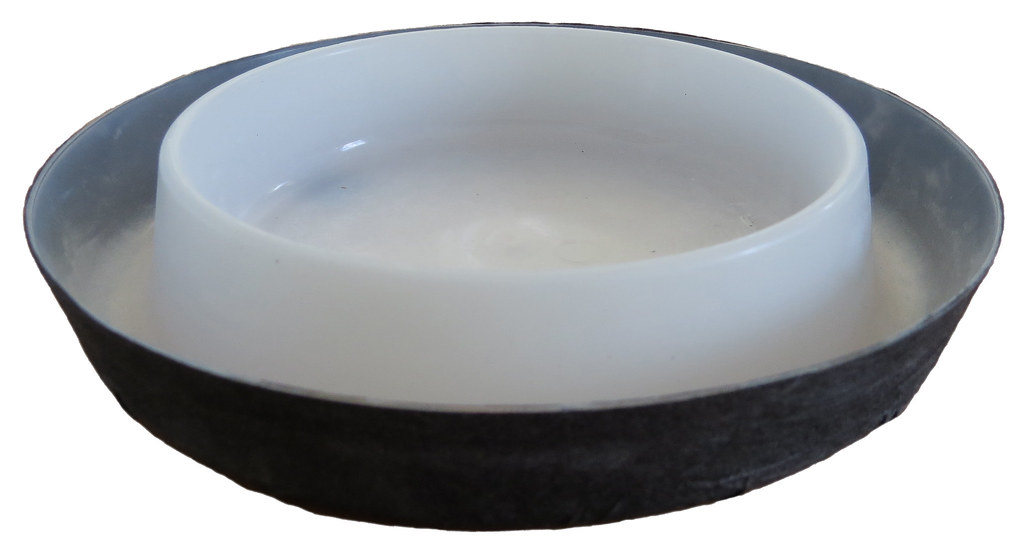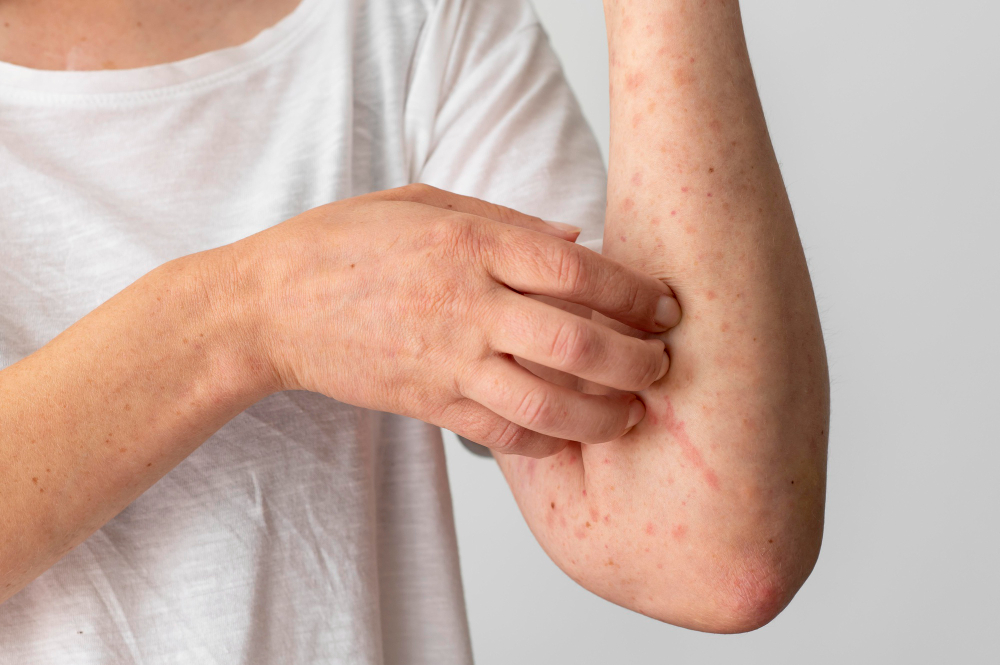Bed bugs can be a nuisance and a source of distress in any home or accommodation. These small, blood-sucking insects are notorious for their ability to infest mattresses, furniture, and other hiding spots, causing itchy bites and sleepless nights. Therefore, knowing how to get rid of bed bugs here in Dubai is a must.
If you’re a resident or visitor in Dubai, a city known for its luxurious hotels and thriving residential areas, dealing with a bed bug infestation can be particularly bothersome. However, with the right knowledge and proactive measures, you can effectively eliminate these unwelcome pests and restore peace and comfort to your living space. Keep on reading to learn more about how to get rid of bed bugs in Dubai.
Contents

Bed Bugs: Causes
Bed bugs are small, parasitic insects that feed on human blood, causing discomfort and distress. Understanding the causes of bed bug infestations is essential for prevention and effective control. In this guide, we will explore the primary causes of bed bugs, equipping you with knowledge to identify and address potential sources of infestation.
1. International Travel
One of the most common causes of bed bug infestations is international travel. Bed bugs can easily hitchhike on luggage, clothing, or other personal belongings, unknowingly brought from infested locations such as hotels, hostels, or public transportation. Once they find their way into your home, they can quickly multiply and infest your living space.
- Prevention tip: Inspect your luggage thoroughly after traveling, especially if you have stayed in accommodations with known bed bug problems. Wash and dry your clothes at high temperatures to kill any potential bed bugs.
2. Used Furniture and Belongings
Bringing used furniture, mattresses, or second-hand items into your home can introduce bed bugs. These pests can hide in the crevices, cracks, and upholstery of furniture, waiting for an opportunity to infest your living space.
- Prevention tip: Carefully inspect any used furniture or belongings before bringing them into your home. Pay close attention to seams, joints, and folds where bed bugs may hide. Consider treating the items with heat or insecticides before introducing them into your living space.
3. Changes in Pest Control Practices
Over the years, pest control practices have evolved, favoring more environmentally friendly and targeted approaches. While these changes are positive overall, they have inadvertently contributed to the resurgence of bed bugs. Reduced pesticide usage and the development of insecticide resistance in bed bug populations have made them more resilient and challenging to eliminate.
- Prevention tip: When dealing with a bed bug infestation, consult professional pest control services that specialize in bed bug treatment. They have access to effective and safe insecticides and can provide guidance on prevention strategies.
4. High Population Density
Areas with high population density, such as apartment buildings, hotels, and dormitories, are more prone to bed bug infestations. The close proximity and frequent movement of people increase the likelihood of bed bugs spreading from one location to another.
- Prevention tip: Take proactive measures to protect your living space in high-density areas. Regularly inspect your mattress, bedding, and furniture for signs of bed bugs. Consider using bed bug-proof mattress encasements and maintaining cleanliness to reduce hiding spots.
5. Neglected or Cluttered Environments
Neglected or cluttered environments provide ideal hiding spots for bed bugs. Clutter offers numerous crevices and hiding places where bed bugs can thrive and reproduce, making it difficult to detect and eliminate infestations.
- Prevention tip: Keep your living space clean and clutter-free. Regularly vacuum and clean areas where bed bugs could hide, such as cracks, crevices, and behind furniture. Minimize clutter and remove unnecessary items to reduce potential harborage sites.
Steps to Get Rid of Bed Bugs in Dubai

Pre-Removal Steps:
1. Identify Bugs
Thoroughly search every nook and cranny to find bed bugs. Look in small, narrow spaces such as curtain piping, bed frames, electrical outlets, underneath paintings, furniture joints, and mattress seams.
2. Identify Infestation
Confirm the presence of bed bugs in the identified areas. Pay attention to their size, color, shape, smell, and wings:
Color: Reddish-brown
Size: Adult bed bugs are around 5-7mm long, similar to an apple seed.
Shape: Oval-shaped and elongated body.
Smell: Musty odor.
Wings: They have wings but cannot fly.

Tip: Use a magnifying glass or flashlight to spot these signs. Also, look for dark dots (shed by bed bugs) and yellow eggs or eggshells.
Bed Bug Removal:
3. Contain Bugs
When you find a bed bug, capture it in a sealed jar with desiccant dust like silica gel or diatomaceous earth. Seek help from an entomologist or exterminator if you are unsure about the identification.
4. Exterminate Them
To eliminate bed bugs, you can vacuum or apply steam slowly to the infested areas. Alternatively, use silicone or paraffin oils directly on them.

Tip: For a chemical solution, consider using insecticides like pyrethrins or pyrethroids. Follow the instructions on the product carefully.
Post-Removal Steps:
5. Clean Infested Items
After successfully removing the bed bugs, clean all items affected by them. Vacuum the suspected areas, including the sofa, bed, carpets, and dresser.
Tip: Put the vacuumed contents into a plastic bag and wash them thoroughly. For non-washable items, place them in a dryer for at least half an hour.
6. Pack Up Infested Items
Put the infested clothes, curtains, or bedding in a plastic container and wash them.
Tip: Once washed and dried, seal them in a bag and expose them to high temperatures or leave them in a closed car.
7. Check the Infested Areas
Continuously monitor the previously infested areas. Check them every seven days to ensure no bed bugs have returned.

Tip: Place bed bug interceptors under the bedposts to capture and retain any potential bugs.
8. Look for Bed Bug Bites
After eliminating bed bugs from your bedroom, be aware of any bug bites. If you notice small, puffy blisters on your hands or feet, they might be bed bug bites.
In most cases, they will go away on their own. If the bites persist or cause severe discomfort, consult a doctor.

Remember, bed bug removal can be challenging, and professional pest control services may be necessary for severe infestations.
Video: How to Find Bed Bugs – How To Know If You Have Bed Bugs
Have you been waking up with itchy bites or spotted a bug that you can’t identify? Wondering if you might have a bed bug infestation? In this informative video, join bed bug expert Lou Sorkin from the American Museum of Natural History and two experienced pest control operators as they share their insights and expertise on how to determine if you have bed bugs.
Summary
Dealing with a bed bug infestation in Dubai, a city renowned for its luxurious hotels and thriving residential areas, can be a particularly troublesome experience. However, armed with the right knowledge and proactive measures, you can successfully get rid of bed bugs in Dubai and regain peace and comfort in your living space.
By following the step-by-step guide provided, you can identify and confirm the presence of bed bugs, take appropriate measures to contain and exterminate them, and then proceed with post-removal deep cleaning and preventive actions.
READ NEXT: 10 Best Places to Live in Dubai for Expats